Archaeologists have unearthed more than 200 pre-Hispanic structures and two ceremonial club heads in the Amazonas region, Peru—shedding new light on the Chachapoyas civilization, also referred to as the “Warriors of the Clouds.” The discovery was made in the district of La Jalca at the Ollape Archaeological Site by the collaborative efforts of the Kuelap Archaeology and Anthropology Research Institute (INAAK) and the Xalca Grande Archaeological Project.
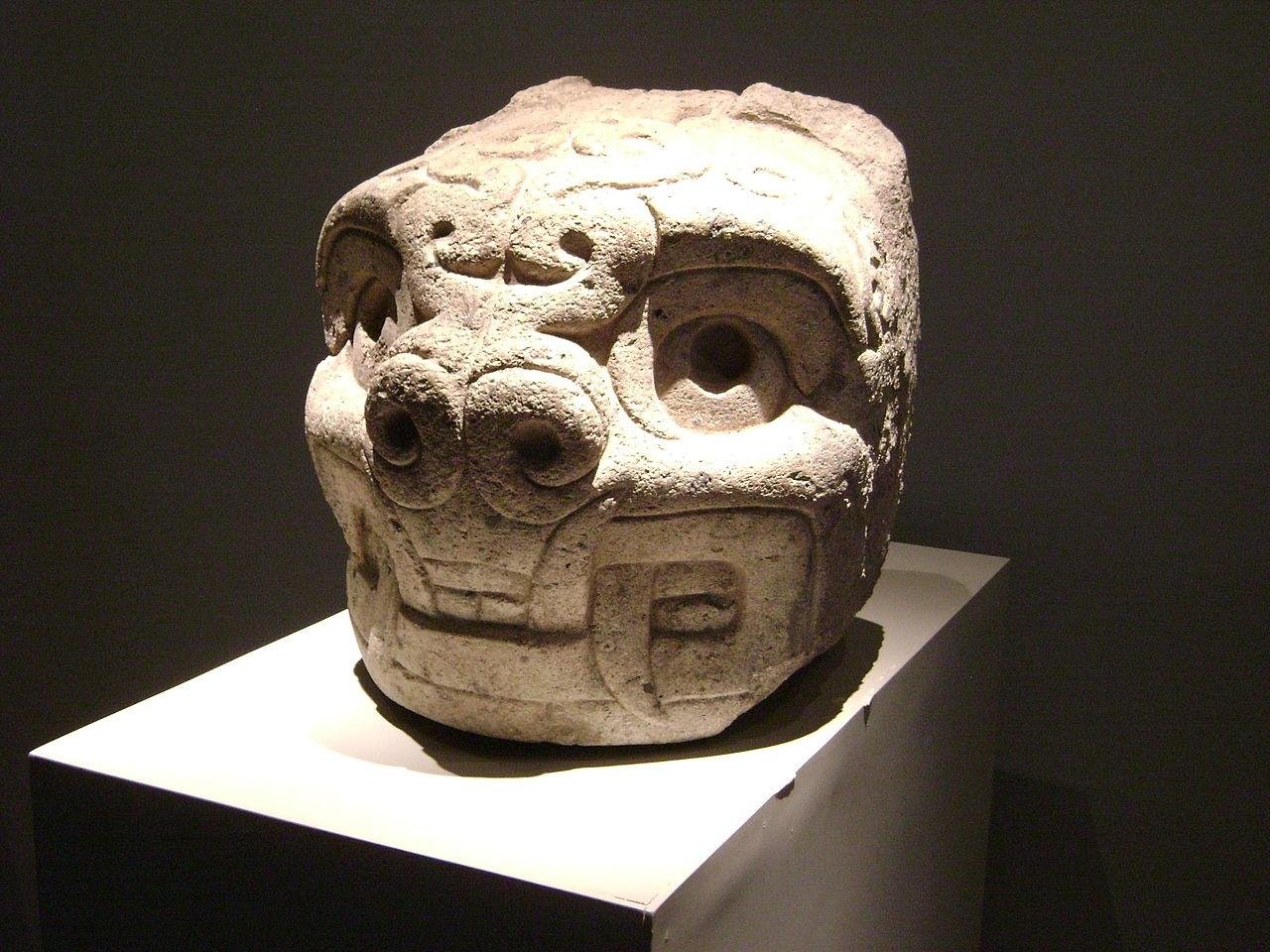
This extensive find was made possible because researchers employed LiDAR technology and aerial mapping by drones, which were capable of seeing beneath the dense cloud forest canopy that had concealed the site for decades. The survey, supported by the UNTRM Geomatics Research Laboratory, revealed a widespread, interconnected network of settlements on the mountainous terrain. These structures include round structures and ceremonial spaces, and some of them have architectural friezes, like a newly found zigzag design.
Two of the most intriguing discoveries are two ceremonial club heads, or “clava heads,” discovered in the rubble of a perimeter wall. Their orientation and placement suggest that they were not discarded but deliberately positioned, perhaps for spiritual or symbolic purposes. The objects show stylistic affinity with ancient Chavín artifacts (c. 900–200 BCE), indicating either cultural contact or extended preservation of art traditions within the region.
The Chachapoyas culture flourished in the cloud forests of Peru at high altitudes from around CE 200 to 1500. Best known for its fortress city of Kuelap and distinctive cliffside burial sites like Revash and Laguna de las Momias (“Mummy Lake”), the civilization has long been known only from the records of Inca and Spanish chroniclers. But the new discovery provides direct archaeological evidence that may force a rethinking of existing narratives.

Unlike previously excavated sites, the Ollape complex shows a greater territorial size and higher social complexity than previously known. The presence of ritual structures and unique artifacts also suggests diverse ritual practices, some perhaps not the same as those that took place at more well-known centers like Kuelap.
Future excavations will seek to uncover the extent of the ceremonial complex and its place within the greater Chachapoyas settlement system.



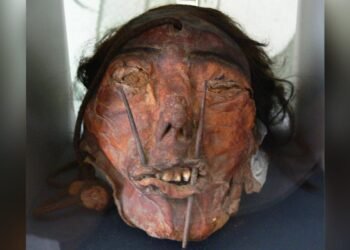
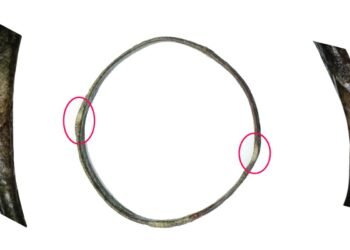
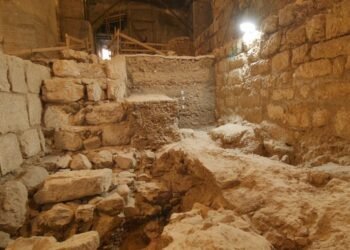
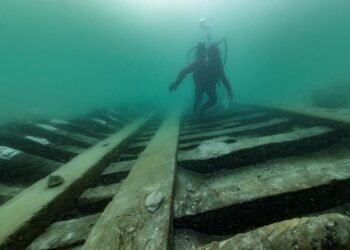
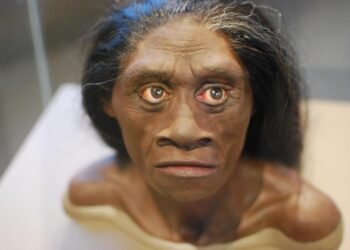
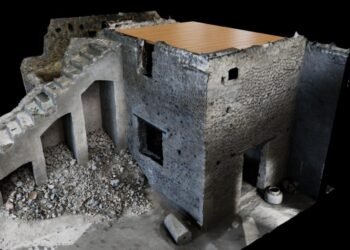















I read these articles with total fascination at the beauty and complexity of so many cultures and their interpretations within their worlds and the thought and skill that went into these incredible objects. I appreciate the dedication and expertise it takes to try and decipher the symbolism and what these ancient people are telling us. Even without the meaning of the symbolism, these pieces are awe striking and to be able to understand what a culture meant by it is over the top. It gives me, just another human being from their future a connection to their present and a great reverence for their existence.
I’m fascinated by each archeologist descovery that is found everyday. It was always a fascinating experience to watch each. Something that I have been interested in since childhood. I wish I had continued my education, so that I could be part of exploring the past! One must continue their studies and find out what a privilege to be part of such explorations. I hope to see more and to learn. Even though years are flying by. Continue this wonderful work and pass on the knowledge of the past
And give insight to the future. Thank you